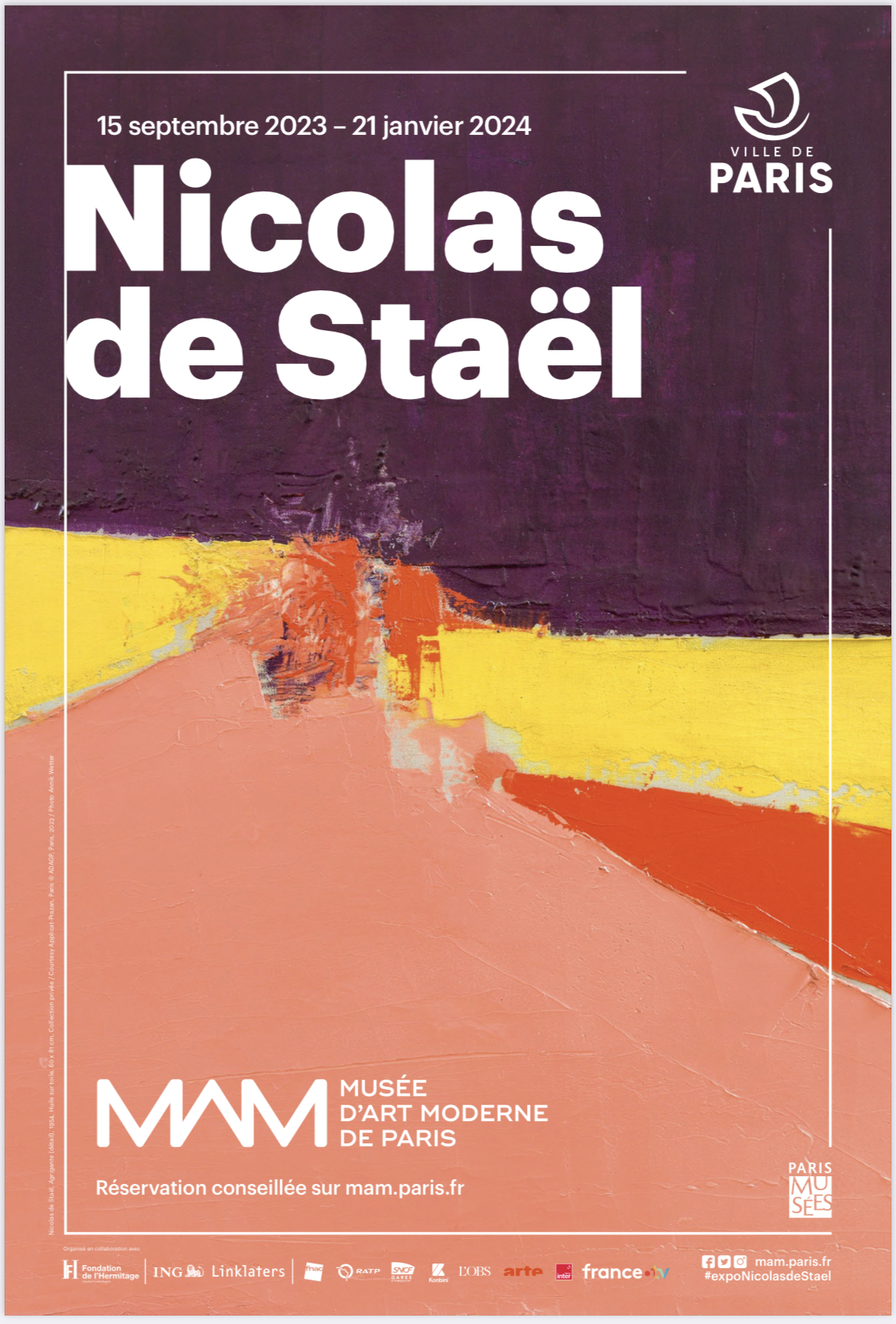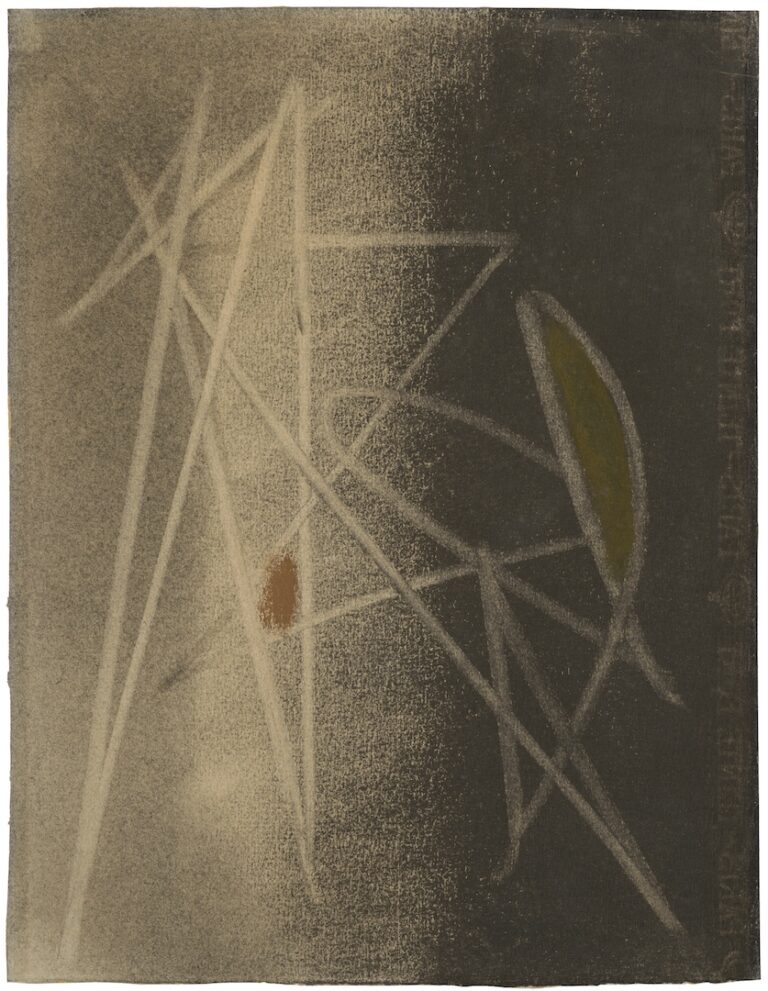Musée d’Art Moderne de Paris
Nicolas de Staël
Curator: Charlotte Barat-Mabille, Pierre Wat
The retrospective brings together a selection of around 200 paintings, drawings, prints and notebooks from numerous public and private collections in Europe and the United States. Alongside such emblematic masterpieces as Parc des Princes, it presents an important group of works that have rarely, if ever, been exhibited, including around fifty shown for the first time in a French museum.
Organised chronologically, the exhibition traces the artist's successive developments, from his first figurative steps and his dark, thickly-painted canvases of the 1940s, to his paintings on the eve of his premature death in 1955. Although the bulk of his work was completed in a dozen years, Staël never ceased to renew himself and explore new avenues: his "inevitable need to break everything when the machine seems to be running too smoothly" led him to produce a remarkably rich and complex body of work, "without any a priori aesthetic". Unaffected by the fashions and quarrels of his time, his work deliberately overturns the distinction between abstraction and figuration, and appears to be the pursuit, carried out in an emergency, of an ever denser and more concise art: "Life is so sad without paintings that I go for it as long as I can," he wrote. The retrospective allows us to follow this pictorial quest of rare intensity step by step, beginning with his youthful travels and his first years in Paris, his time in the Vaucluse, his famous trip to Sicily in 1953, and finally his last months in Antibes, in a studio facing the sea.
Staël's biography immediately created a myth around his art: from his exile after the Russian Revolution to his tragic suicide at the age of 41, the painter's life never ceased to influence the understanding of his work. Without neglecting this mythical dimension, the retrospective intends to remain as close as possible to Staël's graphic and painterly research, in order to show above all a painter at work, whether facing the landscape or in the silence of the studio. An exiled child who became a tireless traveller, the artist is fascinated by the world's spectacles and their different lights, whether he is confronted with the sea, a football match, or a piece of fruit on a table. Constantly varying the tools, techniques and formats – from the tableautin to the monumental composition – Staël liked to work on several canvases in parallel, superimposing layers of paint and successively altering them. Drawing plays a major role in this exploration, and a rich selection of works on paper underlines its experimental character.
An extract from the documentary Nicolas de Staël by François Lévy-Kuentz, co-written with Stéphane Lambert and Stéphan Lévy-Kuentz and co-produced by Martin Laurent (Temps Noir) and Arte France, will run continuously in the exhibition rooms and will be broadcast in its entirety on Arte.
The exhibition catalogue provides a deeper understanding of the painter's work, with textson his relationship to the masters of the past and to his contemporary Georges Braque, aswell as his relationship to landscape and still life. The catalogue also contains an interview by the curators with Anne de Staël, the artist's eldest daughter, as well as the complete unpublished text of the Diary of the Staël Years by Pierre Lecuire, writer, editor and close friend of Staël.
The exhibition will be presented at the Fondation de l'Hermitage in Lausanne from 9 February to 9 June 2024.

-

Nicolas de Staël (1914—1955)
Composition 1944Erased charcoal and pastel on paperJean Deyrolle collection